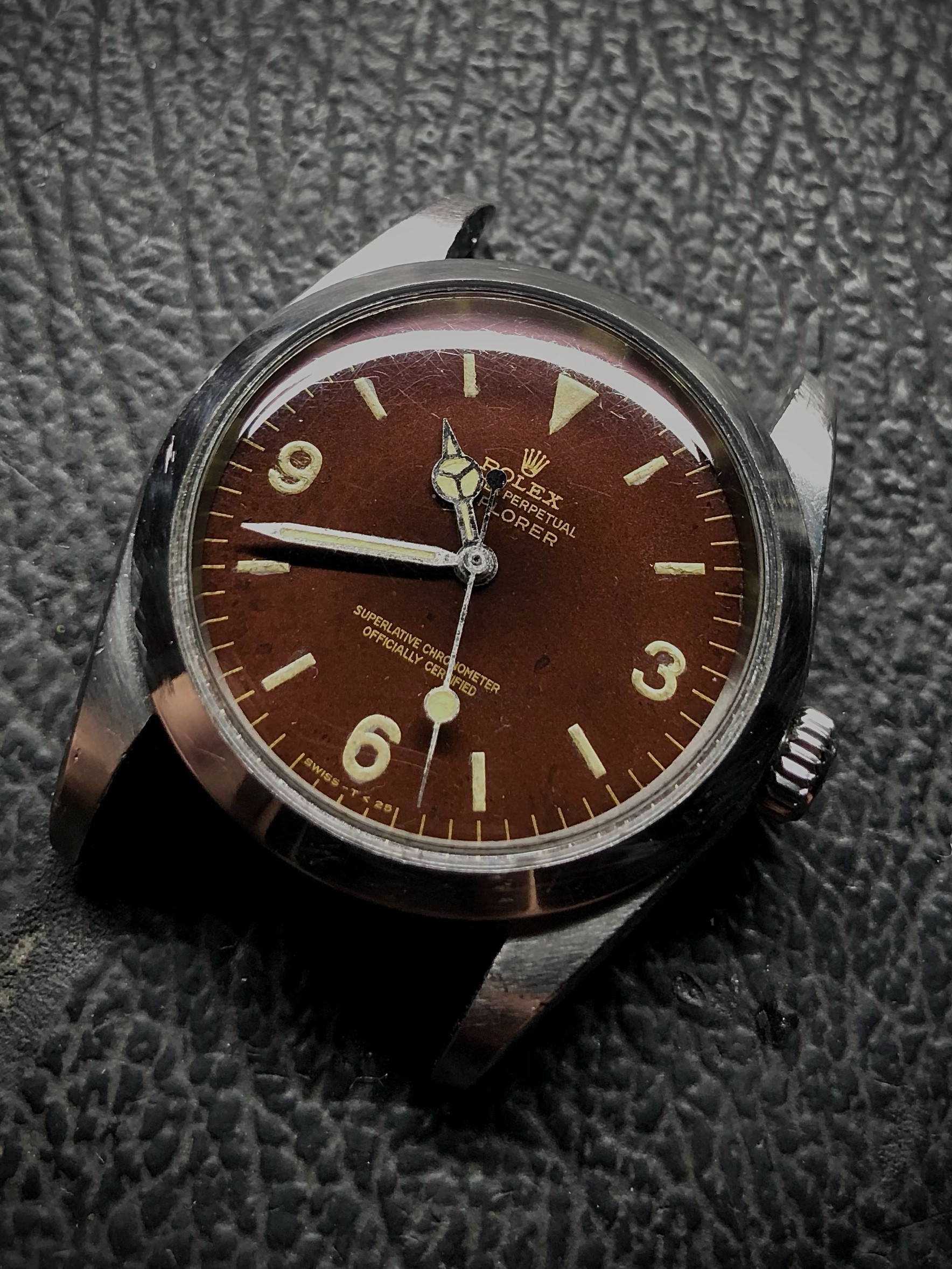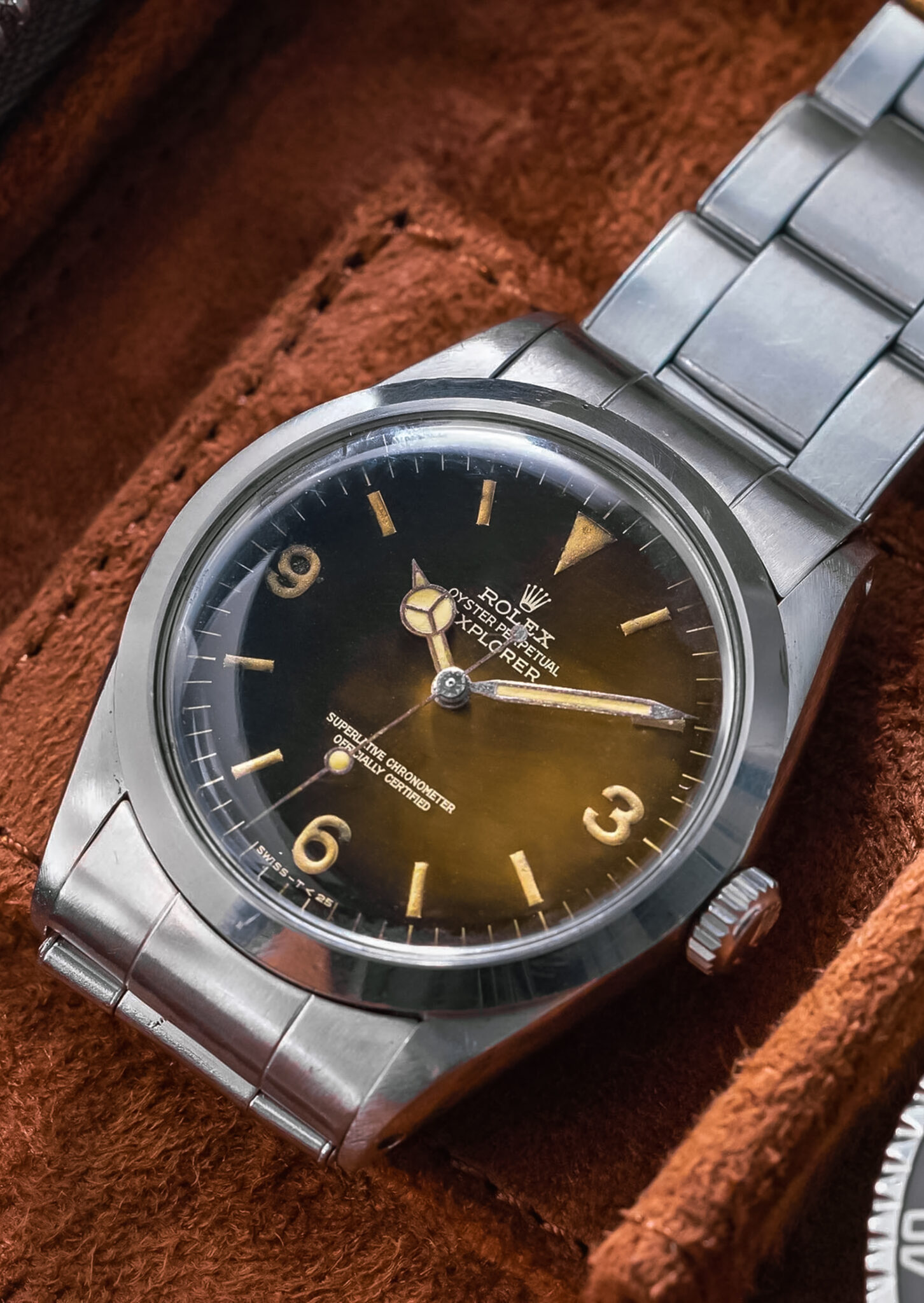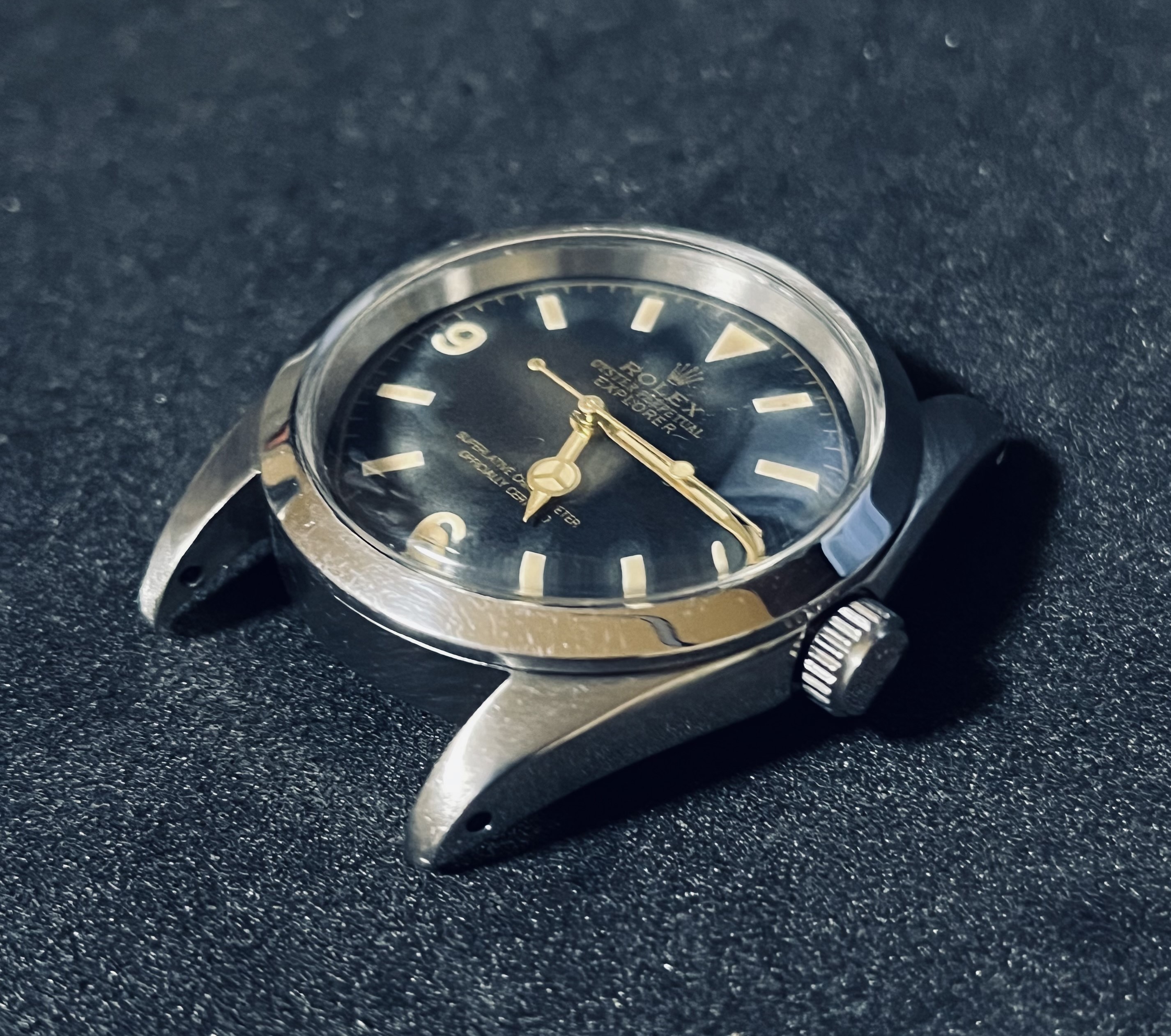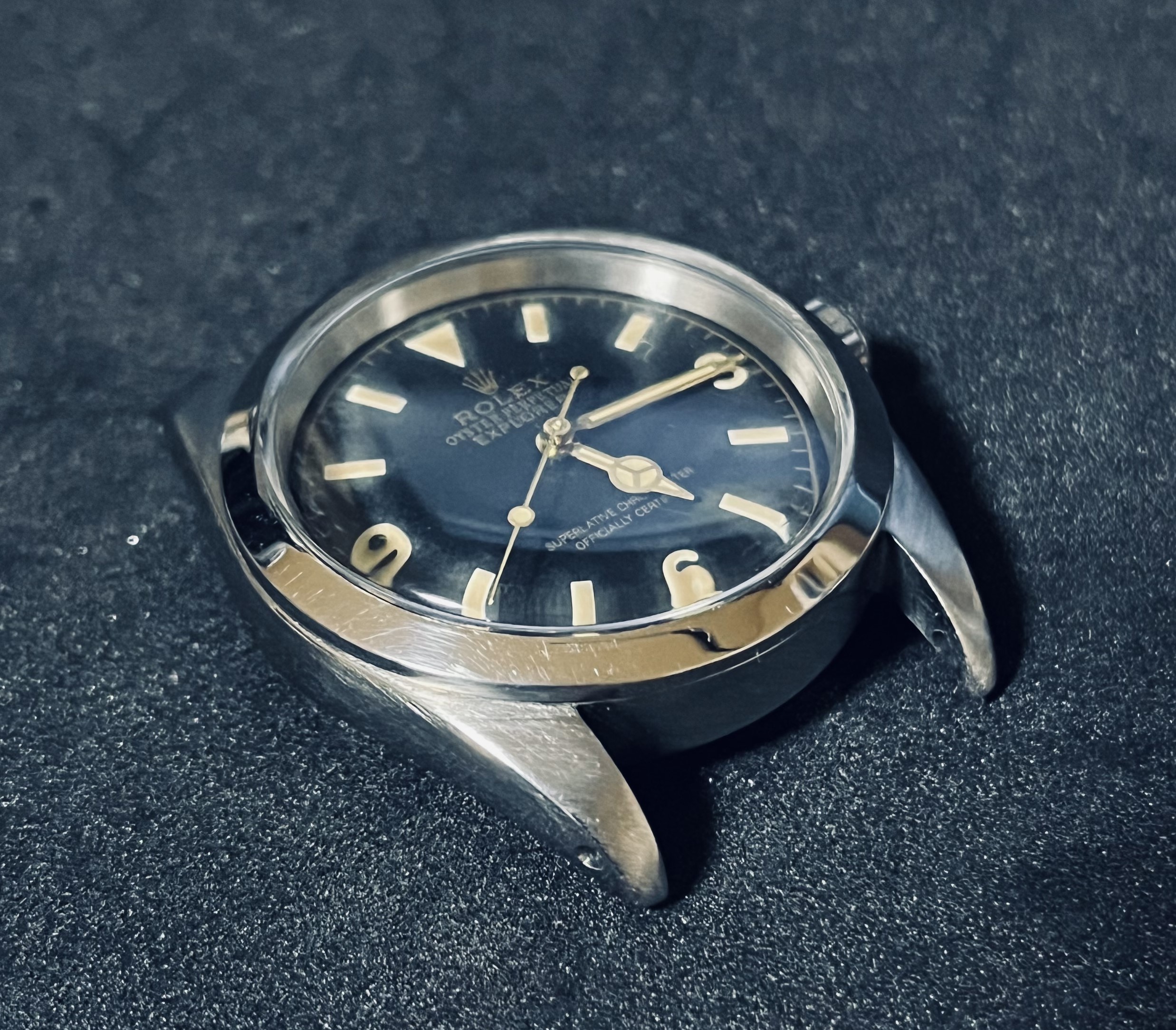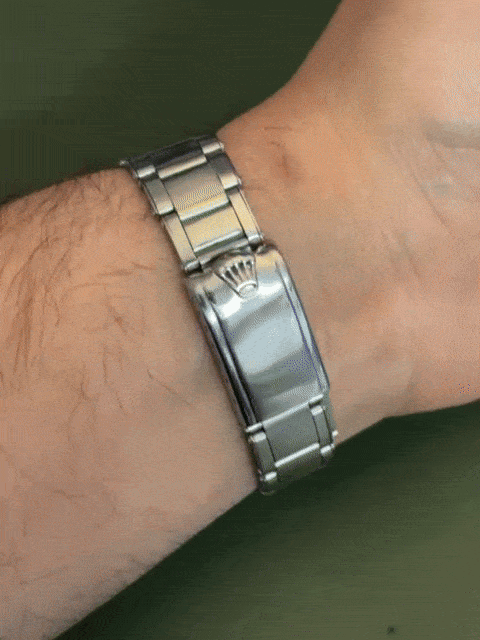Completely reshaped and customized case. You can click my signature to see my 6610 build thread. ( I haven't updated it yet)Wow @Erect what’s the origin of this case? It’s from private seller? Or a reshape ?
-
Tired of adverts on RWI? - Subscribe by clicking HERE and PMing Trailboss for instructions and they will magically go away!
You are using an out of date browser. It may not display this or other websites correctly.
You should upgrade or use an alternative browser.
You should upgrade or use an alternative browser.
The 1016: The Under Appreciated Thread
- Thread starter ebzen02
- Start date
Yes I think that if it was a few shades darker it would have been easier to wear out of the box without any artistic interventionI agree that this dial is significantly better than the earlier version, but IMHO, the color could be darker. If the dial had been a darker brown, verging on black, it would be perfect! However, I imagine it is infinitely easier to darken this dial with some black shading than to lighten a black dial with brown shading.
I'm looking forward to seeing what you are able to achieve here!
Does anyone know if the 1016 cases that are sold on vintagewhatchpart.net (definitely expensive) are 100 per 100 accurate to the measurements of the original case? I would like to get one because maybe later I would like to upgrade by adding more and more original parts (movement and dial) but since it costs 700€ I would like to know if the shape of the lugs and case are accurate
Does anyone know if the 1016 cases that are sold on vintagewhatchpart.net (definitely expensive) are 100 per 100 accurate to the measurements of the original case? I would like to get one because maybe later I would like to upgrade by adding more and more original parts (movement and dial) but since it costs 700€ I would like to know if the shape of the lugs and case are accurate
only 100% accurate is a gen case. Even with Viet cases, there is room for improvement , depending on the source and maker.
Also bear in mind that in the 60's and 70's all the way up to the mid-8's we had no CNC or robotic carving going on at Rolex and thus 1016 case dimensions could vary enough to be spotted by the human eye.Does anyone know if the 1016 cases that are sold on vintagewhatchpart.net (definitely expensive) are 100 per 100 accurate to the measurements of the original case? I would like to get one because maybe later I would like to upgrade by adding more and more original parts (movement and dial) but since it costs 700€ I would like to know if the shape of the lugs and case are accurate
I've been very lucky in having a meeting with one of the most important vintage Rolex collectors in the World and at one stage we had about 20-30 1016's sitting there on th bench and the variation in case dims was plain to see - from the factory.
This is great because it gives us makers a lot of wriggle room.
I think 1016Lover or 369mafia did a vernier calliper to 1:1 printed ad for a 1016 (a few pages back on this thread) and tbh - the dims he was reading off were as good a reference as any other method of measuring.
Case size = what sort of a day that particular Rolex worker was having!
Also bear in mind that in the 60's and 70's all the way up to the mid-8's we had no CNC or robotic carving going on at Rolex and thus 1016 case dimensions could vary enough to be spotted by the human eye.
I've been very lucky in having a meeting with one of the most important vintage Rolex collectors in the World and at one stage we had about 20-30 1016's sitting there on th bench and the variation in case dims was plain to see - from the factory.
This is great because it gives us makers a lot of wriggle room.
I think 1016Lover or 369mafia did a vernier calliper to 1:1 printed ad for a 1016 (a few pages back on this thread) and tbh - the dims he was reading off were as good a reference as any other method of measuring.
Case size = what sort of a day that particular Rolex worker was having!
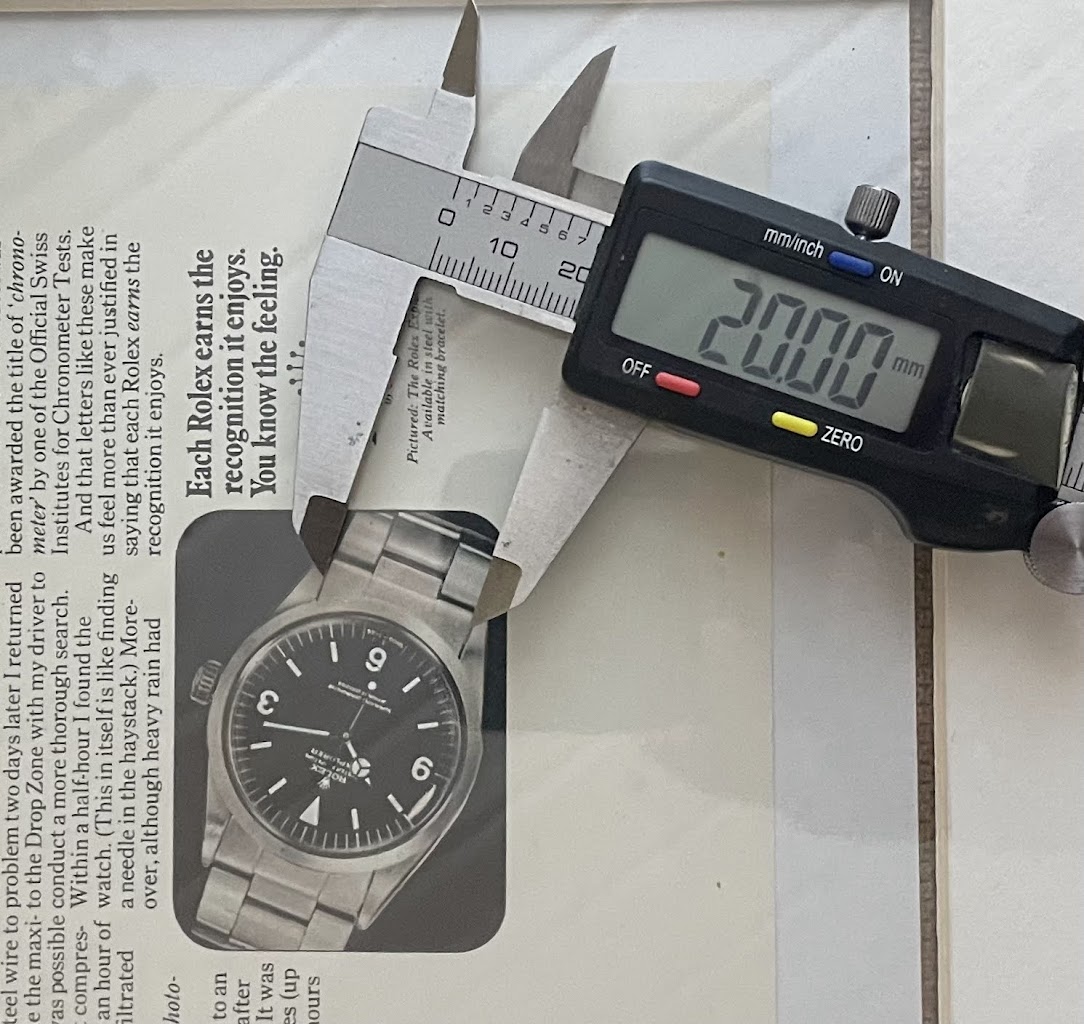
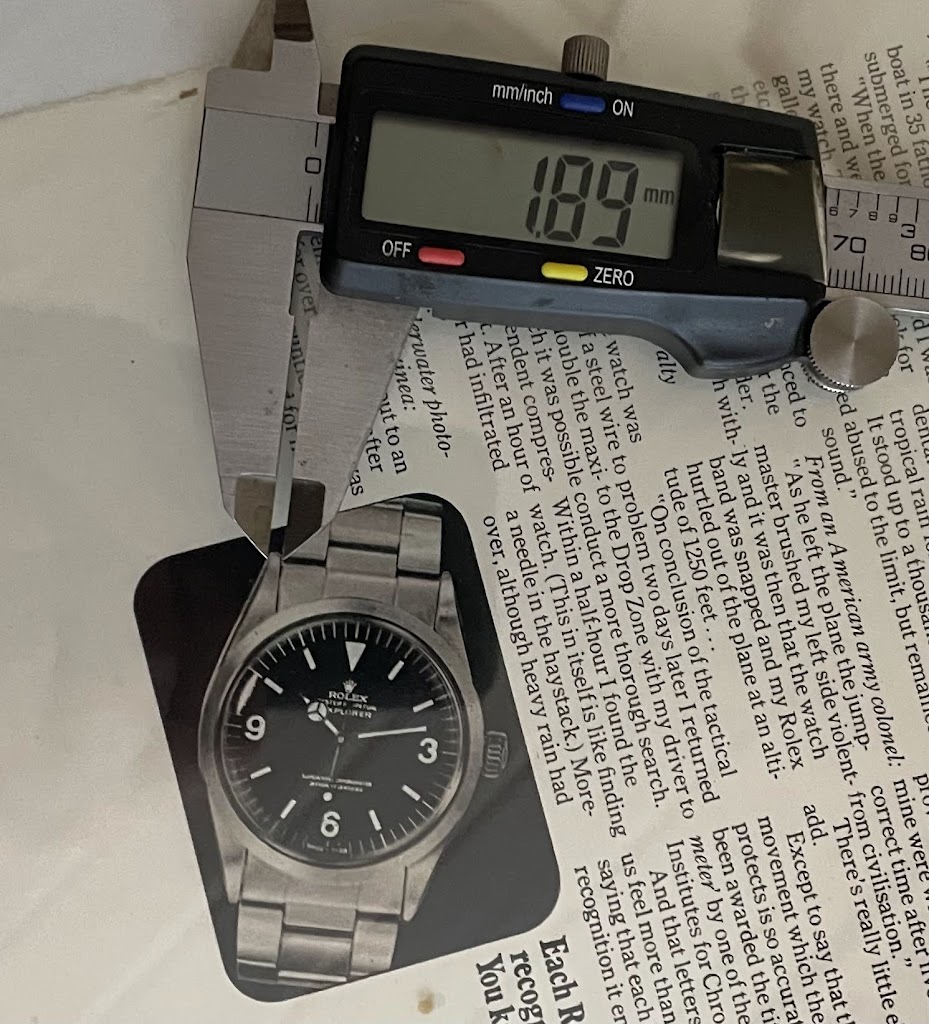
Raffles case, modified (more lug work clearly needed):
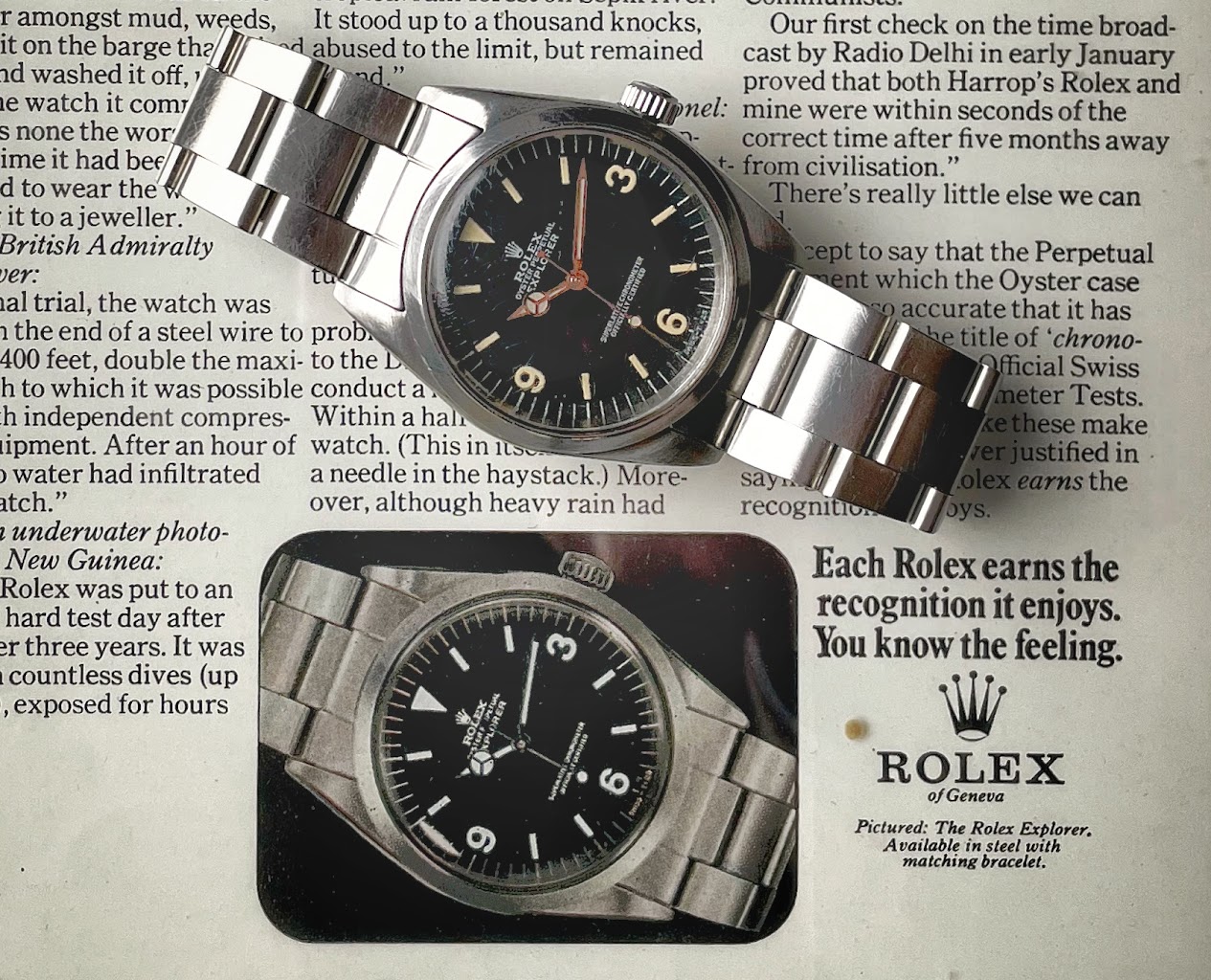
Last edited:
One thing to note - and again, variation will be observed; the opposite crown lugs are left a little bit thicker than the crown-side lugs. This was done to "balance" the watch case with the crown apparently. On some examples it is barely noticeable - on other sit is clearly there.
Also observable on earlier Subs and pretty much everything pre-80's.
Also observable on earlier Subs and pretty much everything pre-80's.
I have noticed that on other references but thought it was done to offset the protrusion of the crown guards. Your version makes more sense after seeing the 1016 is also asymmetric and doesn't have any crown guards. But then again, part of me thinks it could have been accidental imprecision.One thing to note - and again, variation will be observed; the opposite crown lugs are left a little bit thicker than the crown-side lugs. This was done to "balance" the watch case with the crown apparently. On some examples it is barely noticeable - on other sit is clearly there.
Also observable on earlier Subs and pretty much everything pre-80's.
Thank you. Yep, so during my meeting with this guy we covered this in some detail. The design dicision to do this harks back to long before crown guards appeared so it was an aesthetic that informed production machining at a very early stage. It's very interesting looking at the way it has evolved over the decades.
With the notion that it's based on imprecision - that's for me a deciding factor that informed very early Rolex designers to do just this - to ofset the crown by leaving a little more meat on the opposite side.
If we go back to the design studio environment in the 1950's/ 60's we can see a row of designers perhaps all chatting about this - a need to "balance" the watch when it has this very marked protruberance sticking out on one side. I suppose it's a natural evolution of design to always try and harmonise the aesthetic of a piece to the eye looking straight on to it.
It's really interesting stuff and I can talk for hours and hours about it.
As said - to some machinists they took that brief and kicked it out of the park and to other designers they gave barely a nod in its direction. But, by a law of averages, your average Rolex lugs are "lean" towards the crown side and "swell" on the crown off side".
With the notion that it's based on imprecision - that's for me a deciding factor that informed very early Rolex designers to do just this - to ofset the crown by leaving a little more meat on the opposite side.
If we go back to the design studio environment in the 1950's/ 60's we can see a row of designers perhaps all chatting about this - a need to "balance" the watch when it has this very marked protruberance sticking out on one side. I suppose it's a natural evolution of design to always try and harmonise the aesthetic of a piece to the eye looking straight on to it.
It's really interesting stuff and I can talk for hours and hours about it.
As said - to some machinists they took that brief and kicked it out of the park and to other designers they gave barely a nod in its direction. But, by a law of averages, your average Rolex lugs are "lean" towards the crown side and "swell" on the crown off side".
Really, really interesting input. Thanks for sharing this knowledge! I love analyzing and learning about how things were once done -- before the adoption of computers and computer driven machinery. Developers and designers had to be actual artists back.Thank you. Yep, so during my meeting with this guy we covered this in some detail. The design dicision to do this harks back to long before crown guards appeared so it was an aesthetic that informed production machining at a very early stage. It's very interesting looking at the way it has evolved over the decades.
With the notion that it's based on imprecision - that's for me a deciding factor that informed very early Rolex designers to do just this - to ofset the crown by leaving a little more meat on the opposite side.
If we go back to the design studio environment in the 1950's/ 60's we can see a row of designers perhaps all chatting about this - a need to "balance" the watch when it has this very marked protruberance sticking out on one side. I suppose it's a natural evolution of design to always try and harmonise the aesthetic of a piece to the eye looking straight on to it.
It's really interesting stuff and I can talk for hours and hours about it.
As said - to some machinists they took that brief and kicked it out of the park and to other designers they gave barely a nod in its direction. But, by a law of averages, your average Rolex lugs are "lean" towards the crown side and "swell" on the crown off side".
What dial have you got there savant?
Yuki dialWhat dial have you got there savant?
Nicely done. lugs need some work but the dial looks good.
i like how some of the lume looks a little melted.
Is it running on a 2824 or NH movement?
It always appears to me that the dial burns lighter towards the centre - meaning it remains dark on the parimeter and then "sunbursts" lighter towards the centre.
As in:
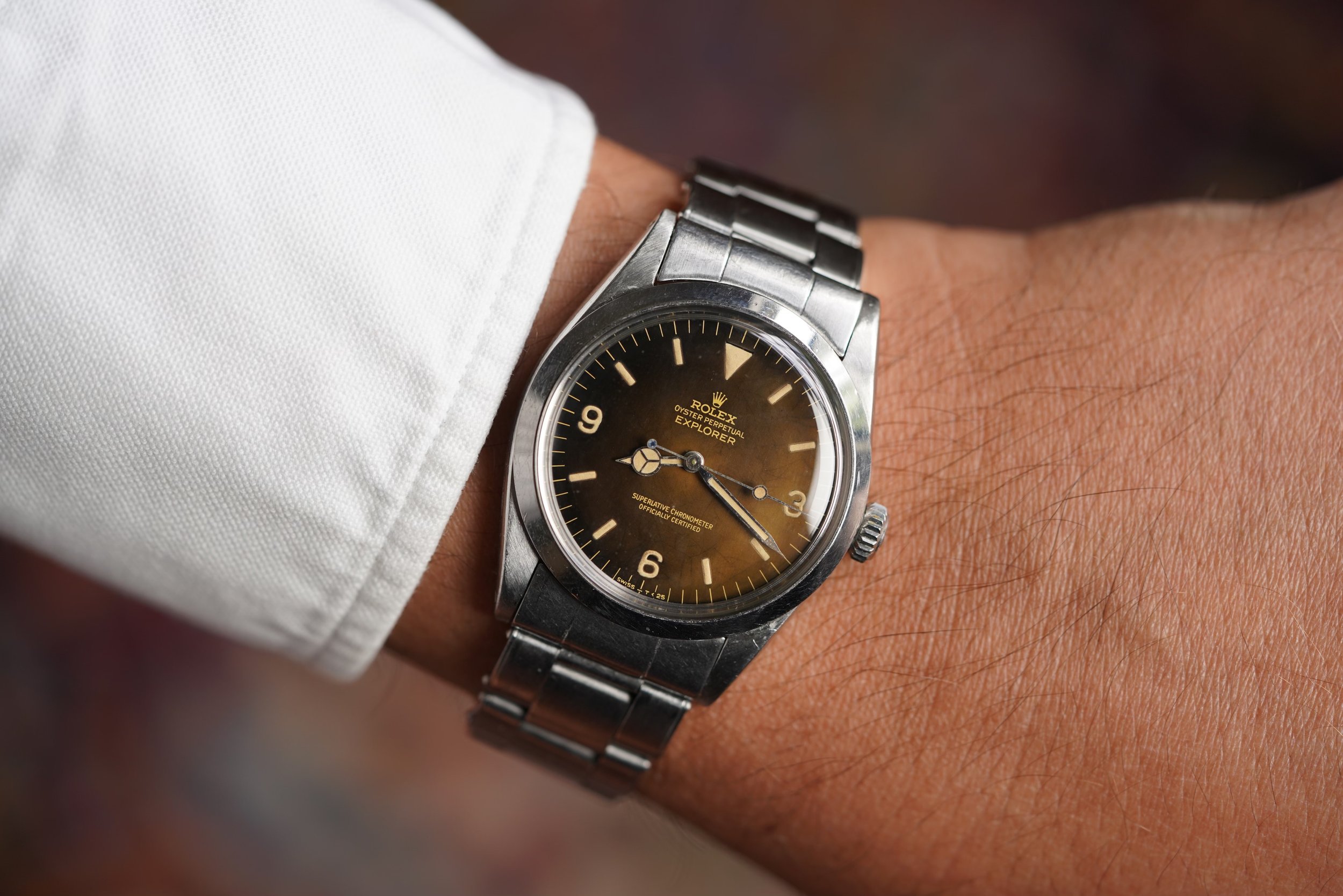
- 14/10/19
- 2,945
- 13,392
- 113
Vietnam bracelet? What's the cost of one of these?
Yes viet bracelet but re-brushed.. I believe this bracelet was $150.Vietnam bracelet? What's the cost of one of these?
But you need to polish the edges smooth and then re-brush it again. The original finish is too poor.

